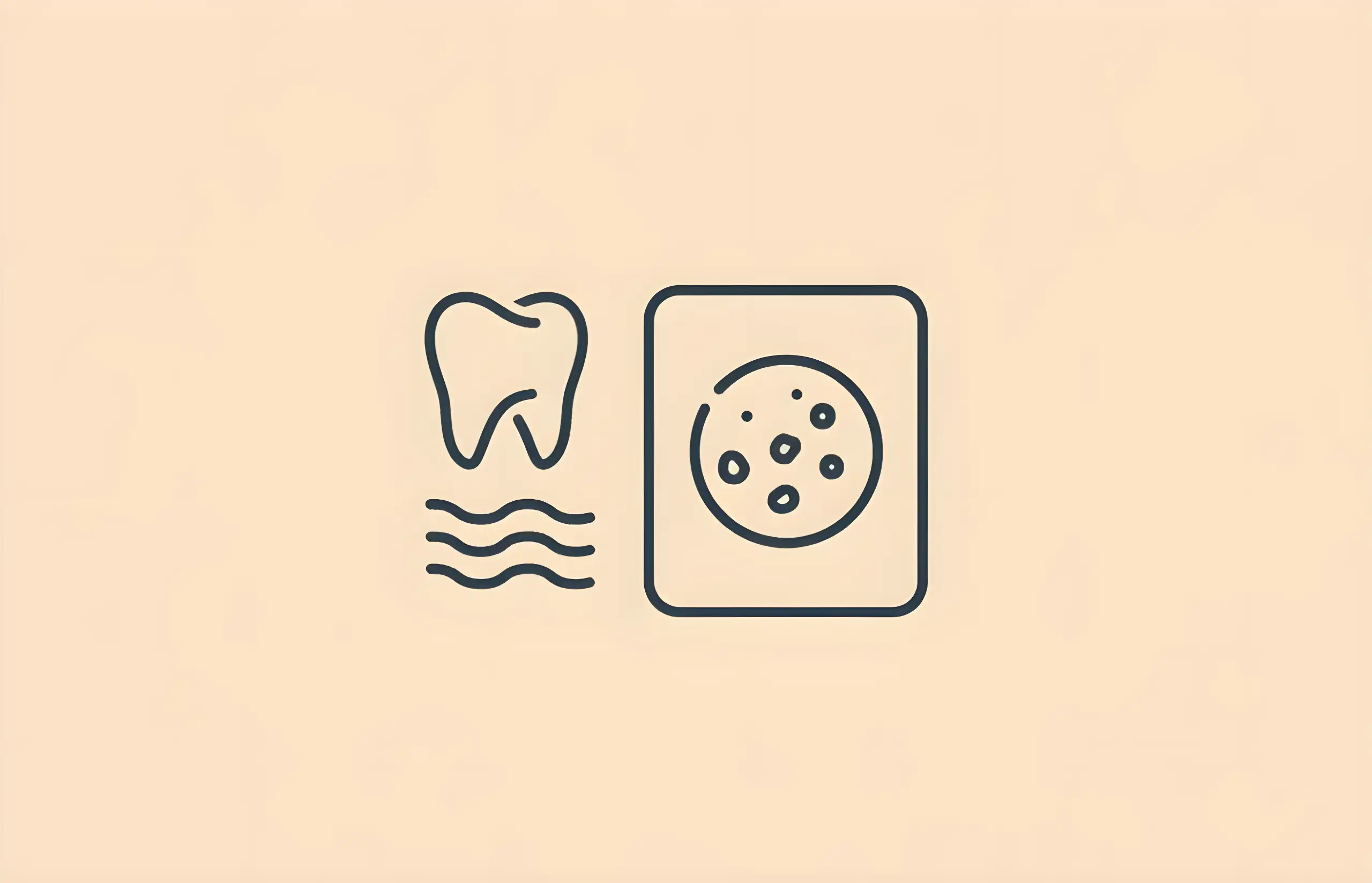Porcelain veneers are designed to fit over existing teeth and give your mouth an amazing smile. They cover up teeth that are damaged or discolored. But they can also experience discoloration over time if you are not careful with them. Here is some information about veneers and what can be done to keep them from staining.
Veneers and Staining: The Science
Porcelain veneers are highly resistant to staining due to their glazed ceramic surface. This glazing provides a smooth, non-porous barrier that prevents most stains from penetrating the material. However, the reality is more nuanced than simply "veneers never stain."
Research published in 2024 in the Journal of Esthetic and Restorative Dentistry tracked 233 ceramic veneers over 9-10 years and found that while approximately 89% survived the follow-up period, 79.4% of those surviving veneers had complications. The most frequently observed issues included marginal discoloration, marginal adaptation problems, and gingival inflammation.
Why Veneers Resist Staining
The ceramic material used in porcelain veneers is inherently stain-resistant because:
- Non-porous surface: The glazed ceramic doesn't absorb pigments like natural tooth enamel
- Smooth texture: Fewer microscopic irregularities where stains can lodge
- Chemical stability: Resistant to degradation from acids and other compounds
However, this stain resistance isn't permanent and can be compromised through:
- Surface damage from hard foods
- Abrasion from whitening toothpaste
- Acidic beverage exposure creating surface roughness
- Natural wear over time
Marginal Discoloration: The Real Concern
While the veneer surface itself resists staining exceptionally well, the margins (edges where veneers meet your natural tooth structure) are the vulnerable areas. A systematic review analyzing 6,500 porcelain laminate veneers found a 10-year cumulative survival rate of 95.5%, but noted that "slight marginal defects and slight marginal discolorations" were common enough that they weren't even counted as failures in most studies.
The key issue is that surrounding natural teeth can still stain. If all of your other teeth are stained or discolored and your veneers are very white, then they won't look natural and it will be obvious that you have veneers in your mouth.
Beverages That Cause Staining
A 2023 study published in Medical Science Monitor compared the staining effects of green tea, coffee, and Coca-Cola on CAD-CAM ceramic veneers using a digital spectrophotometer. The findings were revealing:
Staining Severity (from worst to best):
- Coca-Cola - Caused the highest color changes (highest ΔE₀₀ values)
- Coffee - Second-highest staining effect
- Green Tea - Least staining among the three
All three beverages caused measurable increases in surface roughness (Ra) and depth (Rz) parameters after just 14 days of immersion. Thicker ceramic specimens (1.00mm) showed greater surface alterations from Coca-Cola and coffee compared to thinner samples (0.07mm).
Other Staining Culprits
Research on dental materials consistently identifies these high-risk beverages:
- Red wine - Causes the most severe staining of all beverages
- Tea (especially black tea) - Second to wine in staining severity
- Coffee - Third in staining severity
- Acidic drinks - Low-pH beverages compromise the ceramic surface, making it more susceptible to subsequent staining
The staining occurs through two mechanisms:
- Direct pigmentation: Colored compounds adhering to the surface
- Surface roughening: Acids creating microscopic irregularities that trap stains
How Whitening Toothpaste Affects Veneers
Many people assume whitening toothpaste is beneficial for maintaining veneer brightness, but research suggests otherwise. A systematic review and meta-analysis published in F1000Research examined the effects of whitening toothpastes and found statistically significant harmful effects:
Key Findings:
- Increased surface roughness (p=0.04) - Whitening toothpastes made surfaces rougher compared to regular toothpaste
- Reduced microhardness (p=0.04) - Whitening formulations weakened tooth structure
- Abrasive damage - While whitening toothpastes can lighten teeth by 1-2 shades, they increase surface roughness and reduce microhardness
The clinical significance is clear: rough surfaces are more susceptible to staining because microscopic scratches provide spaces for pigments to lodge. As the systematic review notes: "Abrasives that play an effective role in whitening and stain removal can create undesirable surface roughness on teeth or [dental restorations], which can damage the restorative material and cause scratches that can lead to discolouration."
Some formulations are particularly problematic. Those containing pyrophosphate associated with hydrated silica enhanced enamel erosive wear. Dental professionals recommend cautious use of whitening toothpastes, especially for patients with veneers.
Porcelain vs Composite Veneers: Color Stability
If staining is a concern, material choice matters significantly. A 2023 study published in the Journal of Prosthodontics compared color stability between prefabricated composite veneers and ceramic veneers after simulating wear conditions:
Results:
- Lithium disilicate ceramic veneers: Exhibited the lowest overall discoloration tendency
- Visalys Veneer Chairside composite: Minimal discoloration below perceptive threshold
- Componeer composite veneers: Highest color changes, particularly after abrasion (ΔE -2.55)
The study concluded that while prefabricated composite resins showed acceptable color stability, ceramic veneers generally demonstrated superior resistance to discoloration across all tested conditions.
Other advantages of ceramic over composite:
- Higher abrasion resistance
- Better biocompatibility
- Superior translucency mimicking natural teeth
- Longer lifespan (10-20+ years vs 5-10 years for composite)
Composite veneers cost £400-£700 per tooth compared to porcelain at £700-£1,000, but the superior stain resistance and longevity often justify the higher investment.
The Impact of Smoking
Smoking is one of the most significant risk factors for veneer discoloration. Long-term clinical studies have consistently found that marginal discoloration was significantly worse in patients who smoked.
While the glazed veneer surface resists tobacco stains better than natural teeth, the vulnerable margins where veneers meet tooth structure are particularly susceptible to tobacco-related discoloration. Additionally, smokers face higher overall failure rates for veneers.
The 9-10 year study tracking 233 veneers identified marginal discoloration as one of the most frequent complications, with smoking emerging as a key modifiable risk factor.
How to Prevent Staining
Based on the scientific evidence, here are evidence-based strategies to minimize veneer staining:
1. Beverage Management
- Use straws for coffee, tea, red wine, and soft drinks to minimize contact with veneers
- Rinse immediately after consuming staining beverages
- Limit acidic drinks (Coca-Cola, citrus juices) that roughen surfaces
- Avoid prolonged sipping that increases exposure time
2. Proper Oral Hygiene
- Brush after eating when possible, or at minimum rinse your mouth
- Avoid whitening toothpaste which can abrade the veneer surface (use regular fluoride toothpaste instead)
- Use soft-bristled brushes to minimize abrasion
- Maintain excellent gum health to prevent gingival inflammation that compounds discoloration
3. Dietary Considerations
Avoid or limit:
- Acidic foods: Lemons, hot sauces, tomato-based sauces
- Very sugary foods: Accelerate surface degradation
- Hard foods: Hard candies, ice, nuts eaten carelessly can chip the glaze
4. Professional Maintenance
- Regular dental cleanings: Professional polishing maintains surface smoothness
- Reglazing after adjustments: Research recommends reglazing ceramic restorations after any adjustments to maintain aesthetic stability and reduce staining susceptibility
- Early intervention: Address marginal gaps or defects promptly before staining occurs
5. Lifestyle Modifications
- Quit smoking: Single most important step for preventing marginal discoloration
- Whiten surrounding teeth: If natural teeth darken, professional whitening can maintain color harmony with veneers
Long-Term Expectations
A systematic review of 25 clinical studies encompassing 6,500 porcelain laminate veneers found:
Survival Rates:
- 10-year survival rate: 95.5% when considering fracture, debonding, secondary caries, and endodontic treatment as failures
- Fracture 10-year survival: 96.3%
- Debonding 10-year survival: 99.2%
Complication Timeline:
- Most fractures and debonding occur within the first few years
- Marginal discoloration typically develops gradually over 5-10+ years
- The rate of complications depends heavily on oral hygiene, diet, and lifestyle factors
When Veneers Do Stain
If your veneers develop marginal discoloration or the surrounding teeth become noticeably darker:
- Professional cleaning: May remove surface stains from margins
- Polishing: Can restore some luster to slightly roughened surfaces
- Natural teeth whitening: Professional whitening of surrounding teeth can restore color harmony
- Veneer replacement: If discoloration is severe or marginal integrity is compromised, replacement may be necessary after 10-20 years
Comparing Veneer Types
For more information on choosing the right veneer type:
- Composite Veneers vs Porcelain Veneers
- Different Types of Veneers
- Alternatives to Veneers
- How Long Do Veneers Last
Final Thoughts
Porcelain veneers are highly stain-resistant due to their glazed ceramic surface, with a 95.5% 10-year survival rate. However, research shows 79.4% of long-term survivors experience complications, with marginal discoloration being most common.
The key points to remember:
- The veneer surface itself resists staining exceptionally well
- Margins are vulnerable to discoloration, especially in smokers
- Acidic beverages (Coca-Cola worst, coffee second) create surface roughness that increases staining susceptibility
- Whitening toothpaste can damage veneers by increasing surface roughness (p=0.04)
- Ceramic veneers demonstrate superior color stability compared to composite alternatives
- Prevention is key: Use straws, avoid whitening toothpaste, quit smoking, and maintain excellent oral hygiene
With proper care following these evidence-based guidelines, your porcelain veneers should maintain their brilliant appearance for 10-20+ years. The investment in porcelain over composite often proves worthwhile due to superior stain resistance and longevity.
If you're considering veneers and concerned about staining, discuss with your dentist whether porcelain laminate veneers are the right choice for your lifestyle and aesthetic goals.
Sources and References
-
[1]
Comparison of the Degree of Staining of Computer-Aided Design-Computer-Aided Manufacture (CAD-CAM) Ceramic Veneers by Green Tea, Coffee, and Coca-Cola Using a Digital SpectrophotometerMedical Science Monitorhttps://pmc.ncbi.nlm.nih.gov/articles/PMC9920997/
-
[2]
Long-Term Outcomes of Ceramic Veneers Restorations: A Comprehensive Analysis of Clinical and Patient-Reported MetricsJournal of Esthetic and Restorative Dentistryhttps://pubmed.ncbi.nlm.nih.gov/39639467/
-
[3]
Effect of whitening toothpaste on surface roughness and microhardness of human teeth: a systematic review and meta-analysisF1000Researchhttps://pmc.ncbi.nlm.nih.gov/articles/PMC8874033/
-
[4]
Wear pattern-associated color stability of prefabricated composite veneers versus ceramic veneersJournal of Prosthodonticshttps://pubmed.ncbi.nlm.nih.gov/36301225/
-
[5]
Long-Term Survival and Complication Rates of Porcelain Laminate Veneers in Clinical Studies: A Systematic ReviewJournal of Clinical Medicinehttps://pmc.ncbi.nlm.nih.gov/articles/PMC7961608/
All sources accessed and verified on . Medical information reviewed for accuracy and compliance with current guidelines.
Related Articles
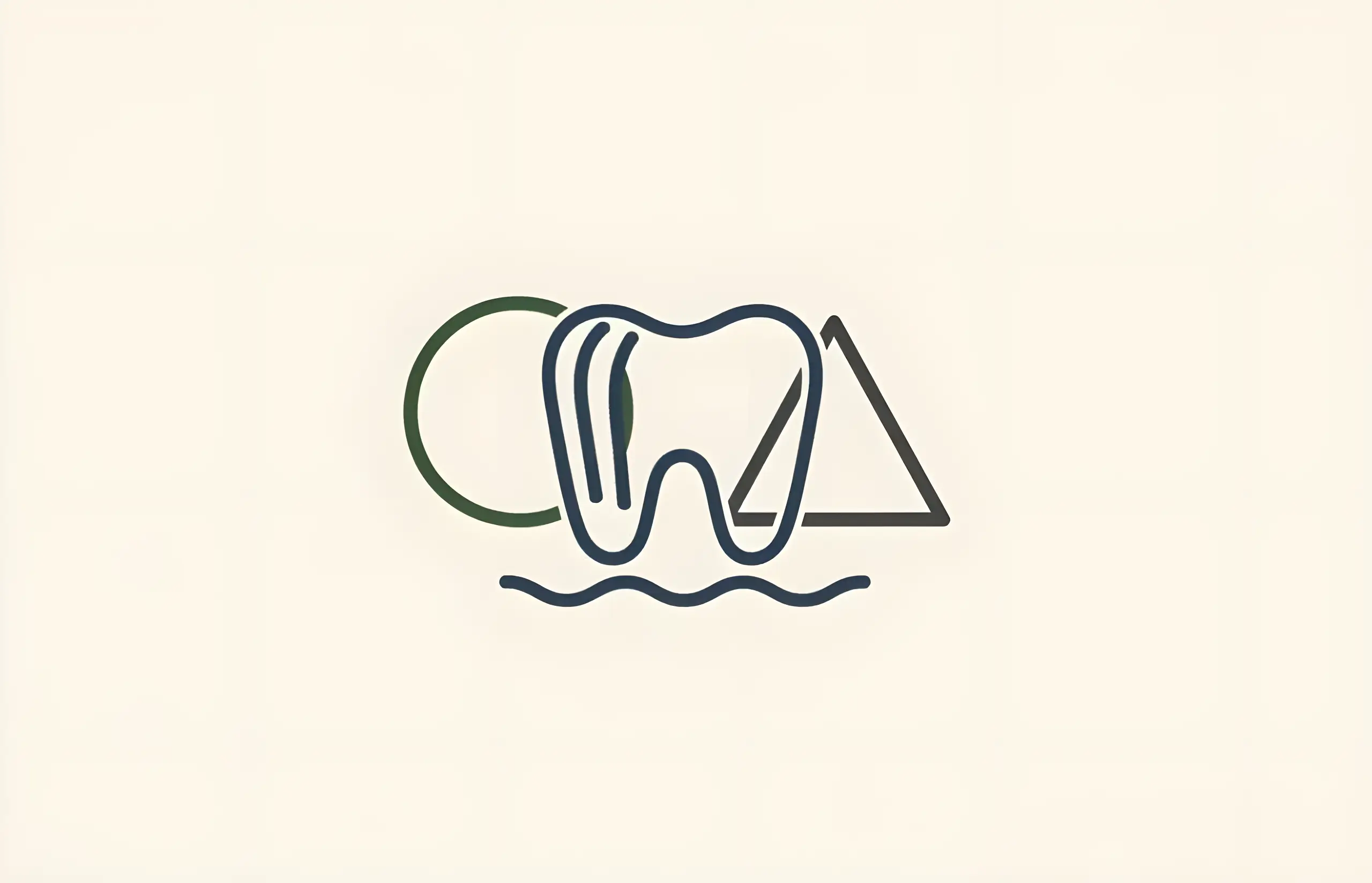
Alternatives to Veneers
Comprehensive guide to cosmetic dentistry alternatives to veneers, including teeth whitening, microabrasion, orthodontics, tooth recontouring, and dental bonding
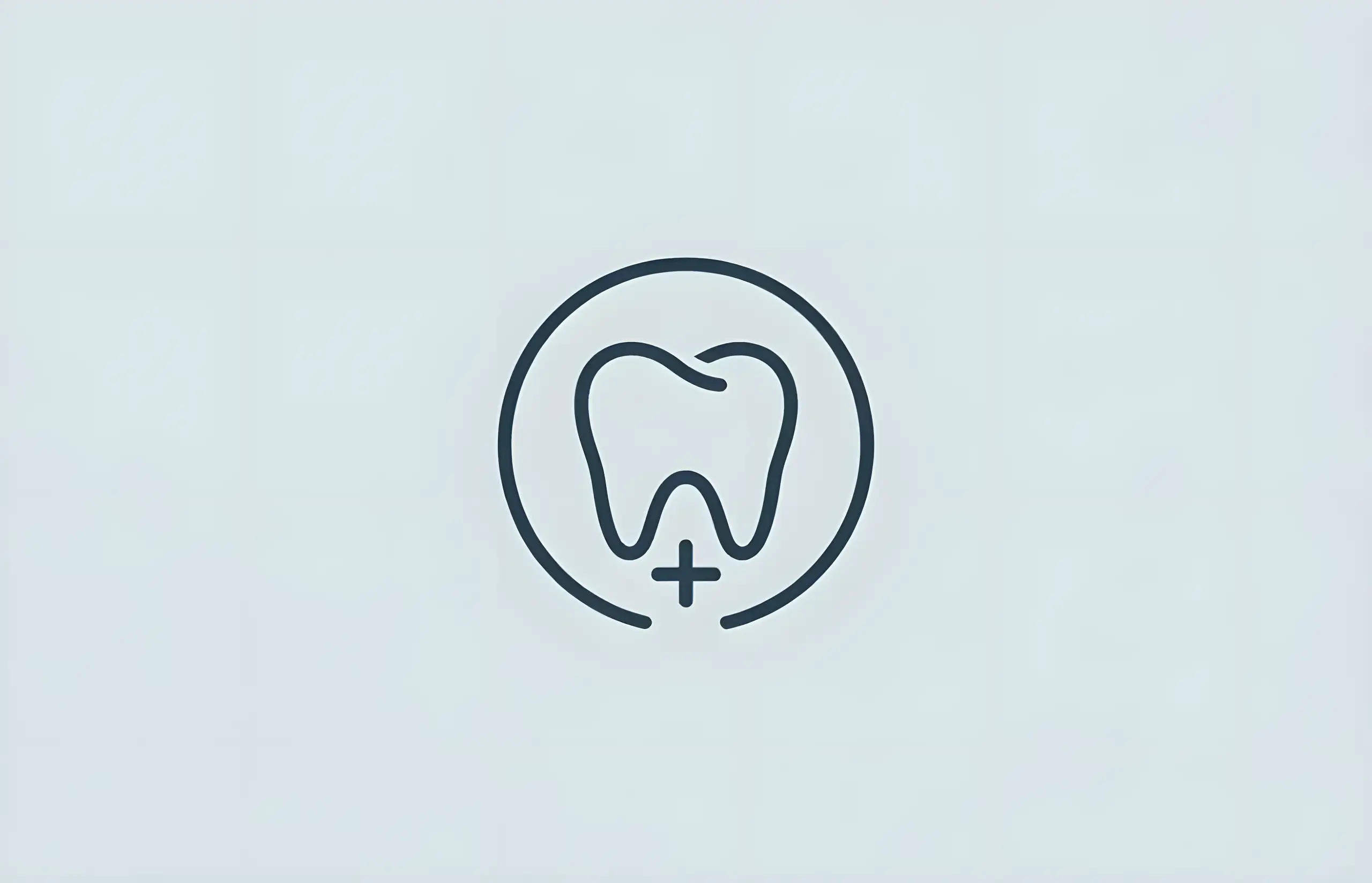
Are Dental Veneers Safe?
Comprehensive guide to dental veneer safety, including risks, complications, success rates, and important considerations for this popular cosmetic procedure

Are Veneers Bad for Your Teeth?
Comprehensive guide to how veneers affect your teeth, including enamel removal, long-term effects, proper placement, and important considerations

Are Veneers Covered By Dental Insurance?
Complete guide to dental veneer insurance coverage, when veneers may be covered, costs without insurance, and other dental procedures typically covered by insurance

How Much Do Composite Veneers Cost?
A comprehensive guide to composite veneer costs, comparing prices with porcelain veneers and understanding what affects the price

Composite Veneers vs Porcelain Veneers
Comprehensive comparison of composite and porcelain veneers including costs, longevity, aesthetic results, treatment procedures, and which option is best for your smile transformation

How Much Do Dental Veneers Cost in the UK?
Comprehensive guide to dental veneers including history, materials (composite, porcelain, lithium disilicate), treatment process, costs (£200-£1000 per tooth), longevity, care instructions, and cost factors

Do Veneers Fall Off?
Comprehensive guide to veneer longevity including survival rates, causes of debonding and failure, composite vs porcelain durability, prevention strategies, and how to protect your veneers
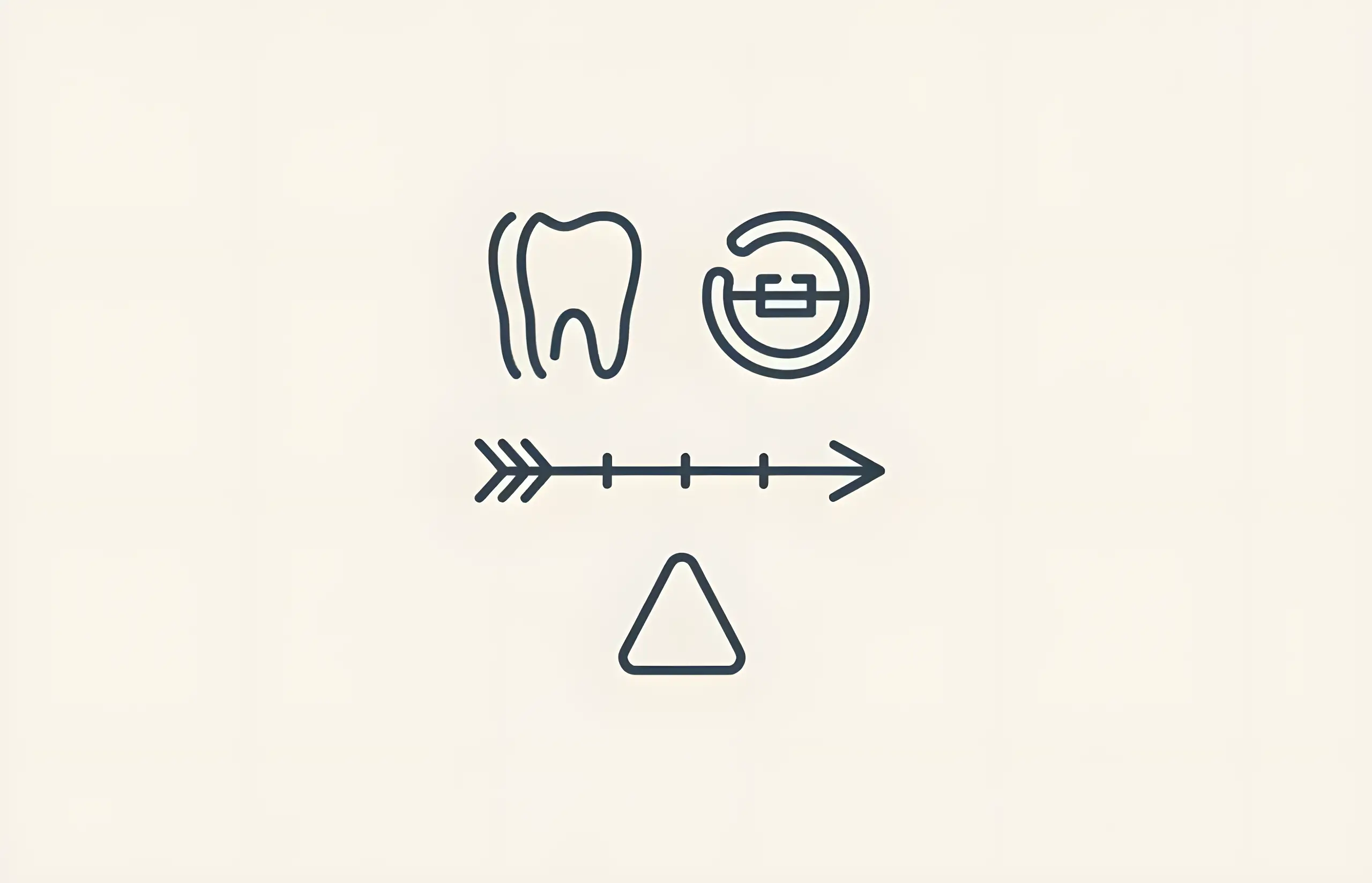
How Long Do Veneers Last?
Comprehensive guide to veneer longevity including survival rates, replacement considerations, irreversible enamel removal, color stability issues, and alternative restoration options
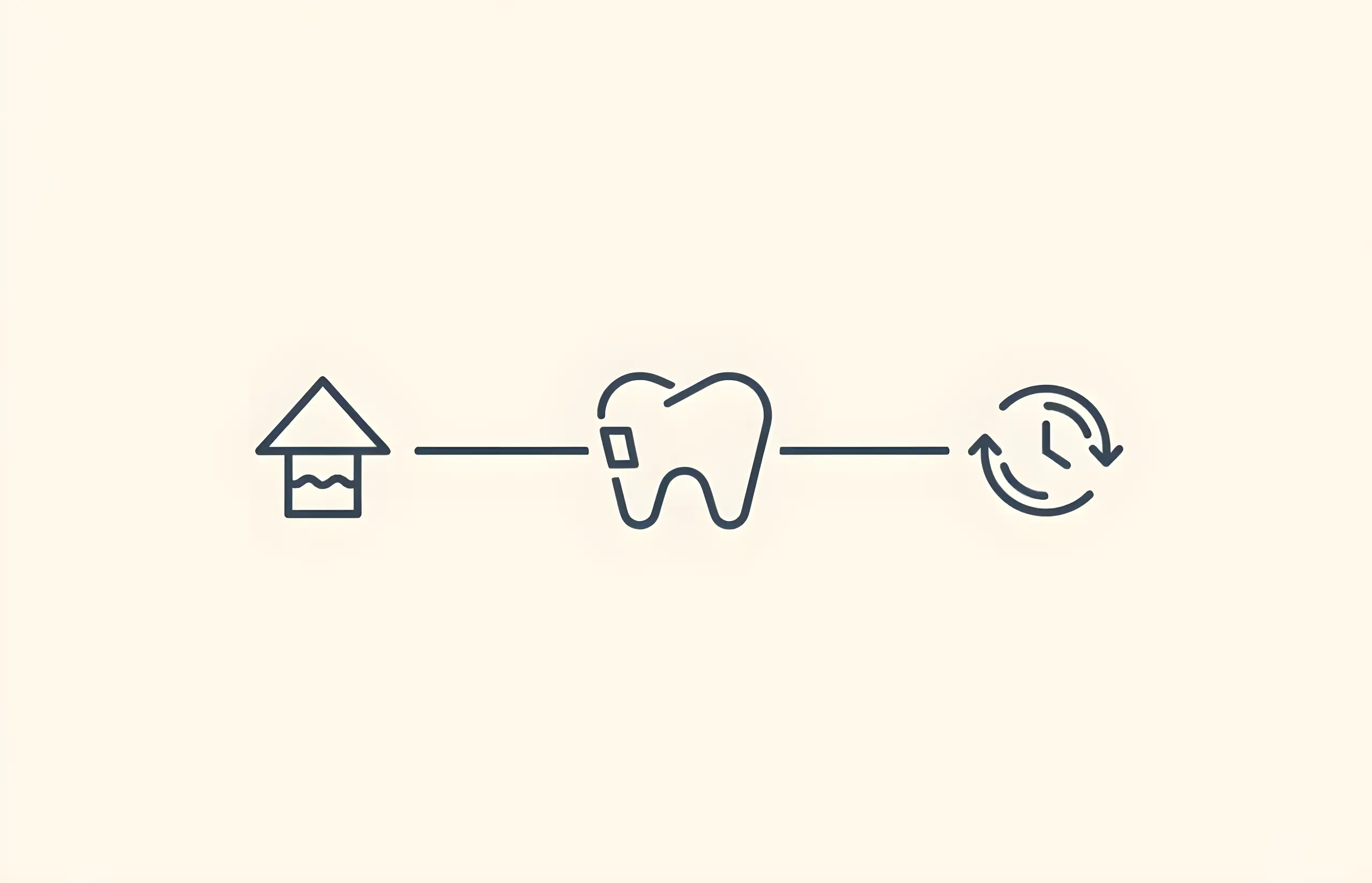
How Long Does It Take To Get Dental Veneers Fitted?
Complete Timeline Guide (3-4 Weeks Total, 94.4% Survival at 5 Years, 93.5% at 10 Years)
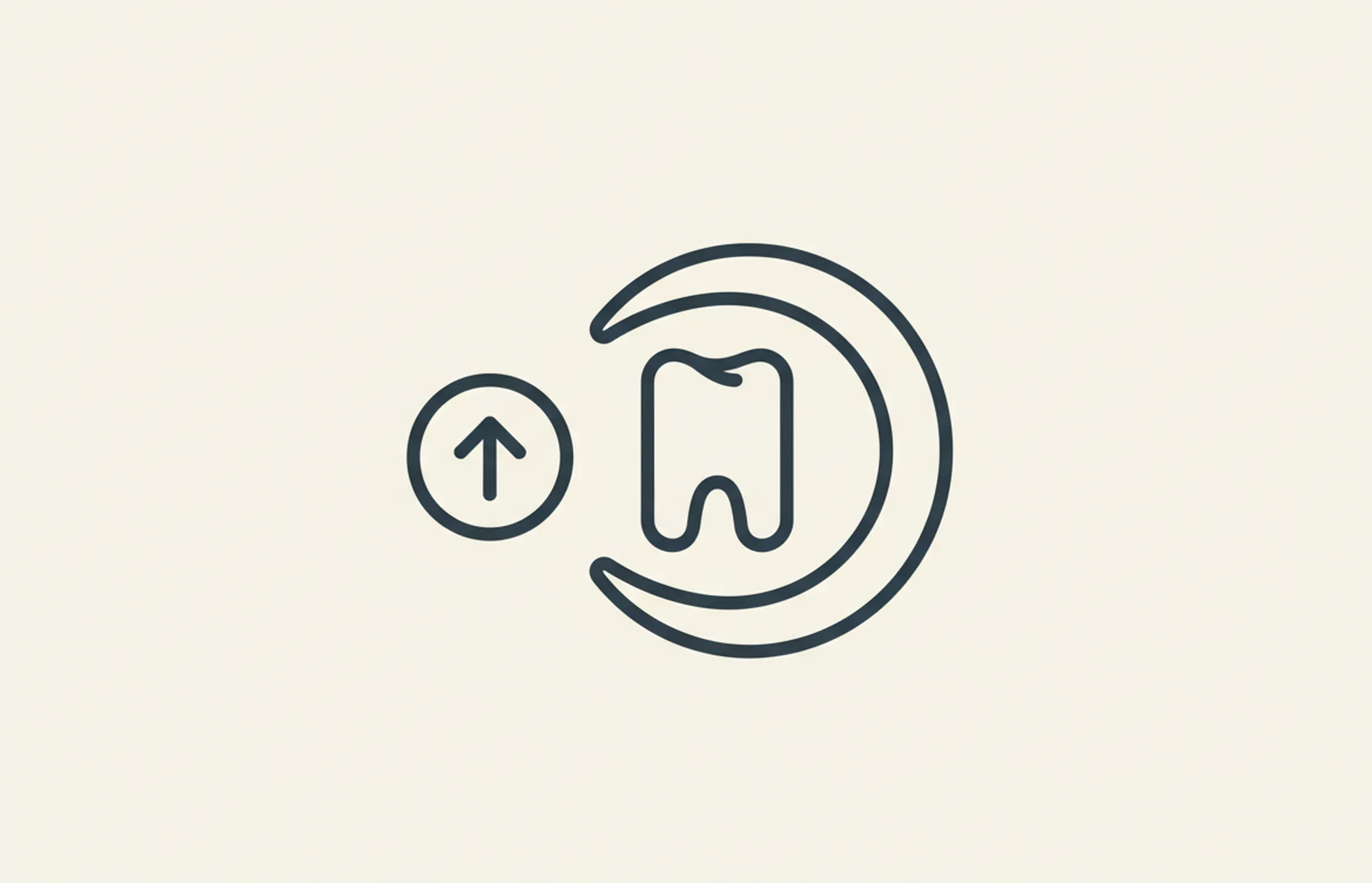
How Old Do You Have To Be To Get Veneers?
Comprehensive guide to age requirements for dental veneers, tooth development considerations, adolescent veneers, enamel bonding requirements, and factors affecting veneer candidacy

The Pros and Cons of Veneers
Learn about the advantages and disadvantages of porcelain veneers including improved appearance, durability, stain resistance, cost, maintenance, and who is a suitable candidate
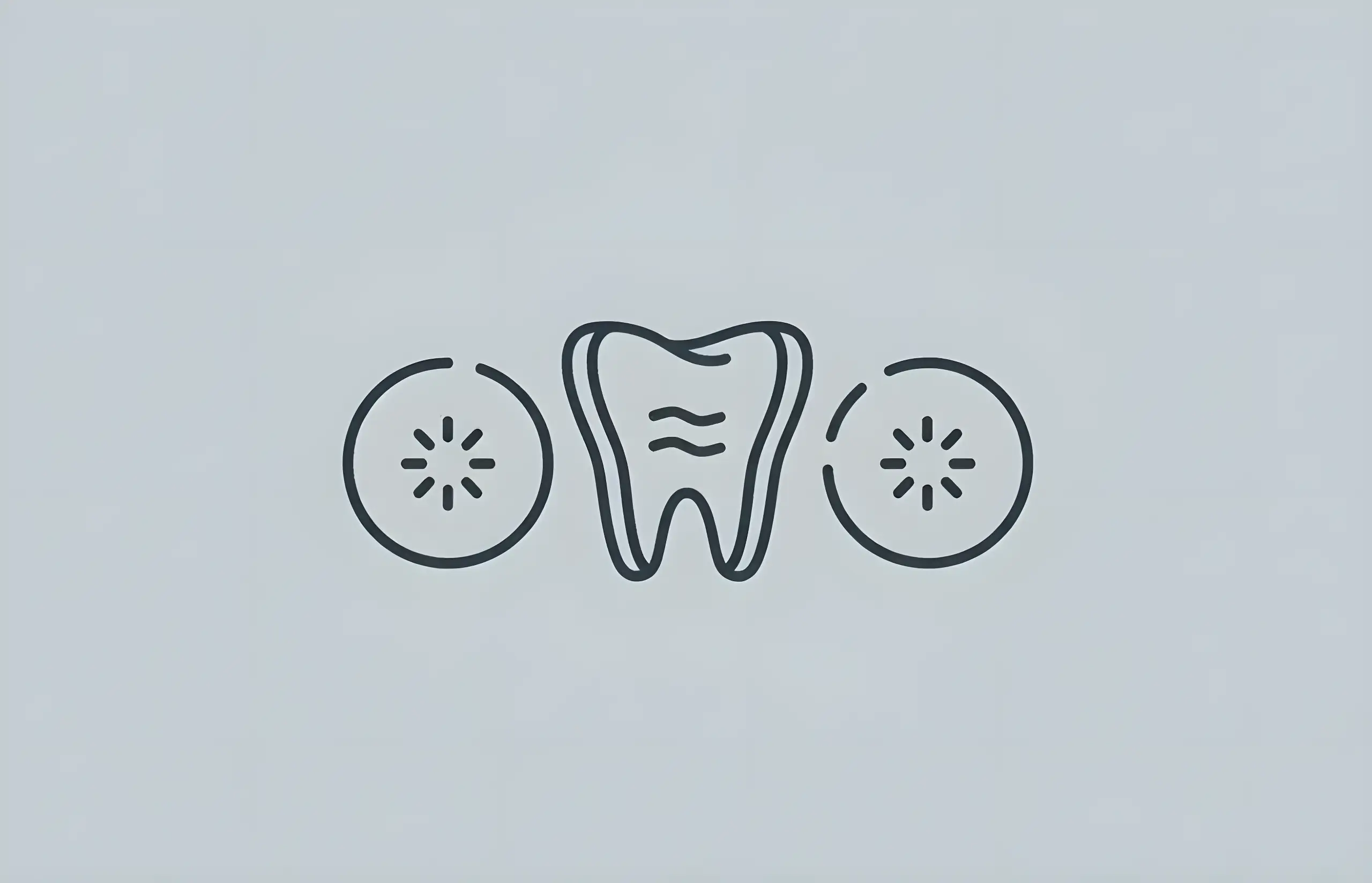
Sensitive Teeth After Veneers
Understanding causes, treatment options, and what to expect when experiencing tooth sensitivity after veneer placement

Different Types of Veneers
Comprehensive guide to veneer types including porcelain, composite, instant, and removable veneers with survival rates, costs, pros and cons, and how to choose the right option

Veneers For Front Teeth Gap
How porcelain veneers can effectively close diastema and improve your smile with a permanent, natural-looking solution

Veneers For Underbite Correction
Learn about using veneers for underbite correction including what underbites are, how veneers can help in mild cases, possible problems, and alternative treatment options

Can You Get Veneers With Crooked Teeth?
Comprehensive guide to using veneers for crooked teeth, including when they work, limitations, material options, and alternative orthodontic treatments
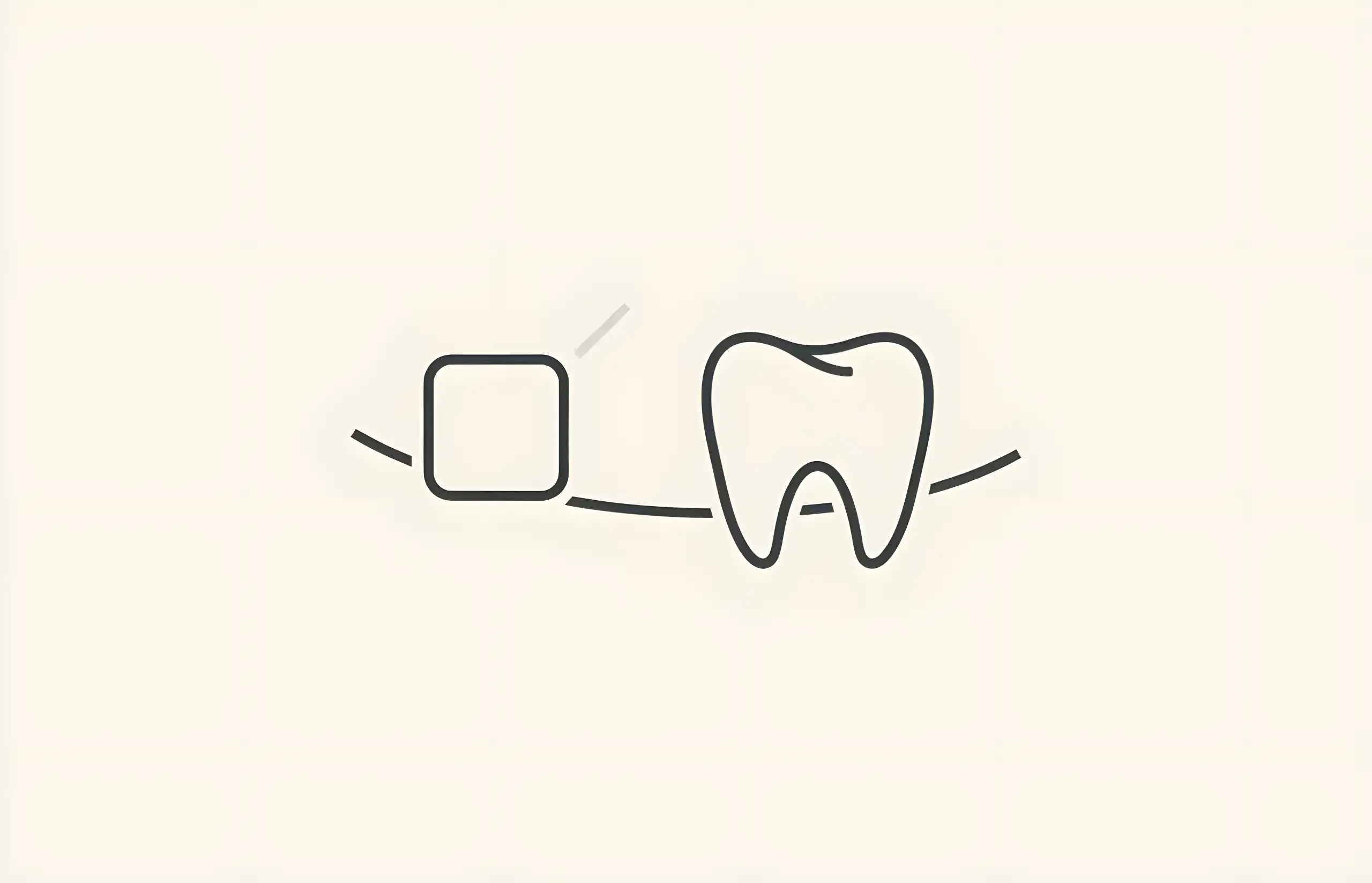
Can You Get Veneers With Missing Teeth?
Complete guide to veneers and missing teeth including why veneers cannot replace missing teeth, treatment limitations, and effective tooth replacement options
About The Dental Guide
The Dental Guide is a trusted online resource providing evidence-based information about dental health, treatments, and procedures. Our content is created and reviewed by qualified dental professionals to help you make informed decisions about your oral health.
Our Mission
- Evidence-based dental information
- Expert-reviewed content
- Clear, accessible explanations
- Latest treatment options
- Patient-focused guidance
Editorial Standards
- GDC-registered dental professionals
- Peer-reviewed sources
- Regular content updates
- Medical accuracy verification
- Transparent authorship
Important Notice
The information on The Dental Guide is for educational purposes only and should not replace professional dental advice. Always consult with a qualified dentist for diagnosis and treatment recommendations tailored to your individual needs and circumstances.
Medically Reviewed
Reviewed by Dr. Nasim Mechoui , BDS (Bristol)
Share this article
Comments & Discussion
Have questions about dental implants? Share your thoughts or experiences.
